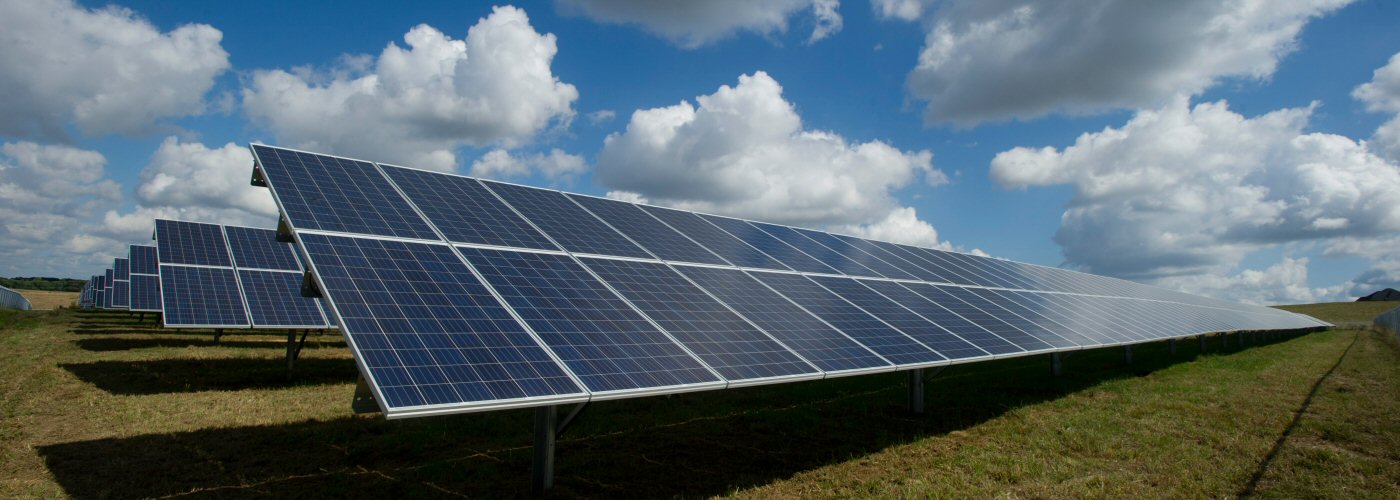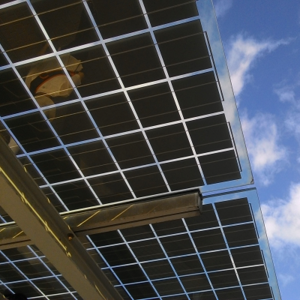

From solar panels that collect the sun's rays while floating on water, to ones that generate electricity in between rows of crops, modern photovoltaic systems are showing an increasing versatility of applications in the world today. Another promising development in the realm of solar power is a solar cell that is able to collect solar energy on both sides. These bifacial cells, unlike traditional solar cells, are able to capture reflected sunlight on the side facing away from the direct sunlight. In 2019, two physicists from Purdue University devised a formula which shows how much more efficient these bifacial solar cells can be, given varying types of reflecting ground surfaces.
On average, the Purdue team found, bifacial cells are 15 to 20% more efficient at converting sunlight to electricity, compared with conventional monofacial solar cells. One of the main factors in this increased efficiency is the albedo of the ground surface beneath the bifacial solar panel. Albedo is a measure of how much a particular surface reflects solar energy. Land that has greater vegetation has a lower albedo as the plants reflect less sunlight back to the bifacial solar panel; while concrete surfaces have a higher albedo, as they reflect more of the sun's rays.
The development of the bifacial solar cell has enabled an expansion of solar panel technology into even more applications than before. For example, the canopy of a gas station can be made of bifacial solar panels which take advantage of the relatively high albedo of the concrete on the ground underneath. Also, bifacial solar panels can be mounted vertically. When oriented in an east-west direction, this enables the panels to have dual peaks of power generation in the morning and evening, which are usually the demand-intensive parts of the day. With this increase in versatility, industry experts estimate that by 2030 almost half of the market share of solar panels worldwide will come from bifacial solar installations.

